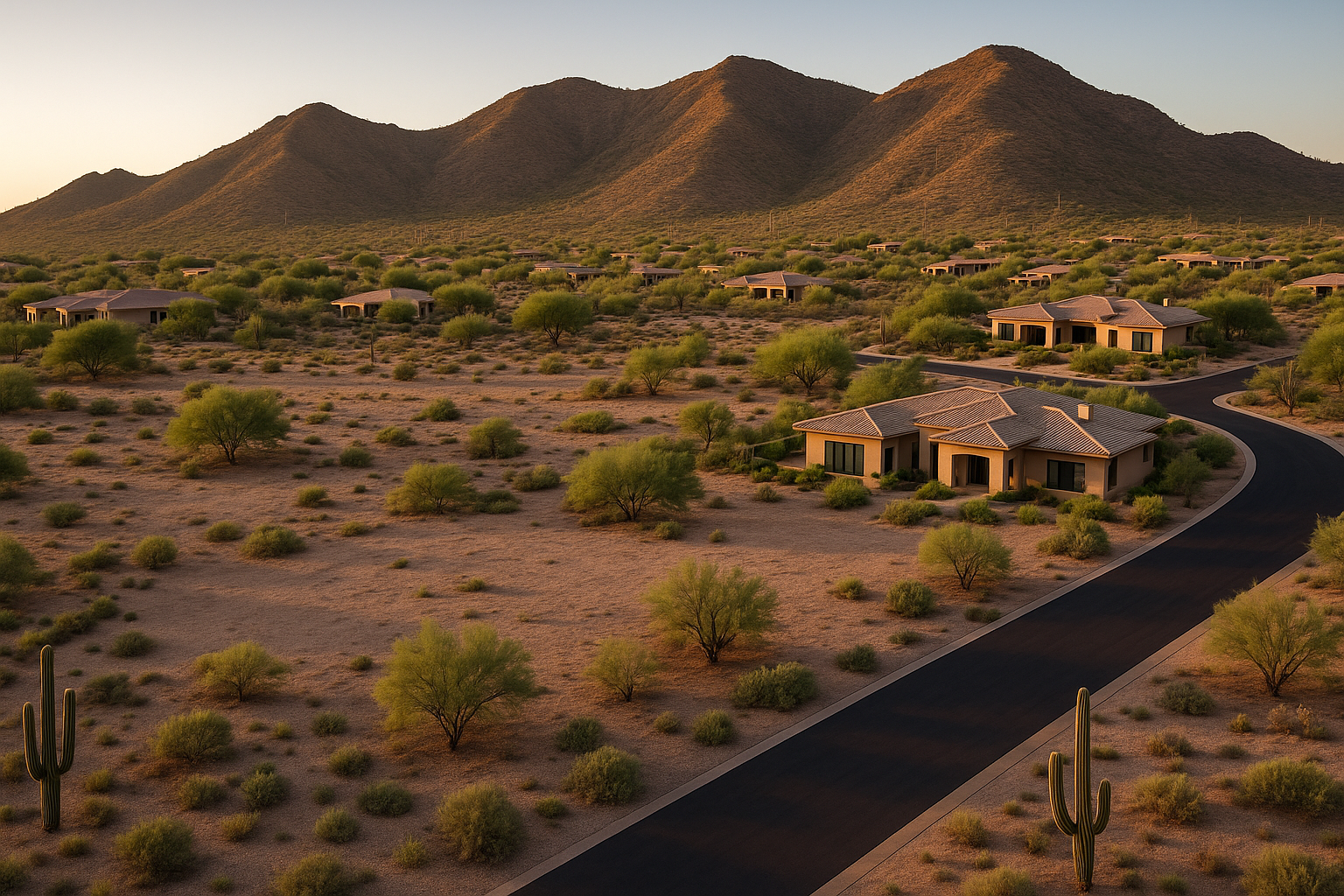
Just because you own the land doesn’t mean you can do whatever you want with it.
You might be zoned right, have utilities lined up, and even a septic permit in the works—but then BAM:
The HOA says no RVs.
The deed says no businesses.
The county says your lot’s in a scenic corridor and can’t be split.
This is the stuff that sneaks up on landowners, especially in Arizona.
So let’s break down the local land use rules that can quietly limit what you can do with your dirt.
You don’t need a house on the land for the HOA to have power.
HOAs (Homeowners’ Associations) often manage subdivisions with deeded land use restrictions. Some are light-touch. Others will hit you with fines just for parking a trailer.
No mobile or manufactured homes
No RV or camper use—even short-term
Required building size or exterior materials
Timeframes to build after purchase
No commercial use or livestock
Look up the CC&Rs (Covenants, Conditions & Restrictions) recorded with the deed
Ask the HOA for their latest bylaws
If in doubt, call the HOA manager directly
Just because the land looks rural doesn’t mean it’s rule-free.
Deed restrictions are private rules attached to a property’s chain of title—and they stay with the land, not the owner.
Even if the county allows RV use or tiny homes, a deed restriction can say “no way.”
Review the deed and recorded documents with the County Recorder
Look for phrases like:
“Covenants run with the land”
“Use restrictions” or “prohibited uses”
“Architectural committee approval required”
💡 Deed restrictions can be decades old—but still enforceable.
Counties and cities sometimes adopt land use overlays to protect views, natural features, or wildlife corridors.
These rules can affect:
Where on the lot you can build
How tall the structure can be
How many trees or plants you can remove
Whether you can split or subdivide at all
Common in parts of:
Pima County (Scenic Routes)
Maricopa (Hillside Ordinance)
Coconino (Flagstaff area tree/erosion overlays)
Ask the planning & zoning department if the parcel sits in an overlay district
Look at the county’s land use map or GIS layer
Request a “parcel-specific zoning verification” if needed
In rural zones, some land is tied to grazing leases, water allotments, or agricultural covenants.
These can:
Limit fencing
Restrict how many buildings you can have
Prohibit changing the land use for a set number of years (especially after land grants or farming incentives)
Ask the assessor if the parcel has current AG valuation status
Call the county or state land office for past lease info
Read the deed and lease history carefully
Some subdivisions require you to start building within X years after purchase—or lose certain rights.
Others (especially in conservation zones) may restrict any development for decades.
Look for timelines in the CC&Rs or deed
Contact the county building office for minimum improvement rules
Ask a title company to verify use limitations
In the Land Clarity Blueprint™, I research more than just zoning. I check for:
HOA rules & CC&Rs
Deed restrictions recorded with the property
Scenic corridors and overlays
AG limitations and past land use
Build timeframes or “no build” clauses
⚠️ Disclaimer: I’m not a lawyer, but I review public info and recorded documents to help you avoid surprises. I help you see what’s possible—before you spend time or money chasing a dead-end project.
Whether you’re trying to live off-grid, build a rental, or just sell confidently, knowing the rules helps you move smart.
You can have the right zoning and still have the wrong plan.
Local land use rules are like hidden fine print. The key is knowing where to look—and who to ask—before you invest your time or money.
That’s why I built the Land Clarity Blueprint™. Because you deserve straight answers, not red tape surprises.